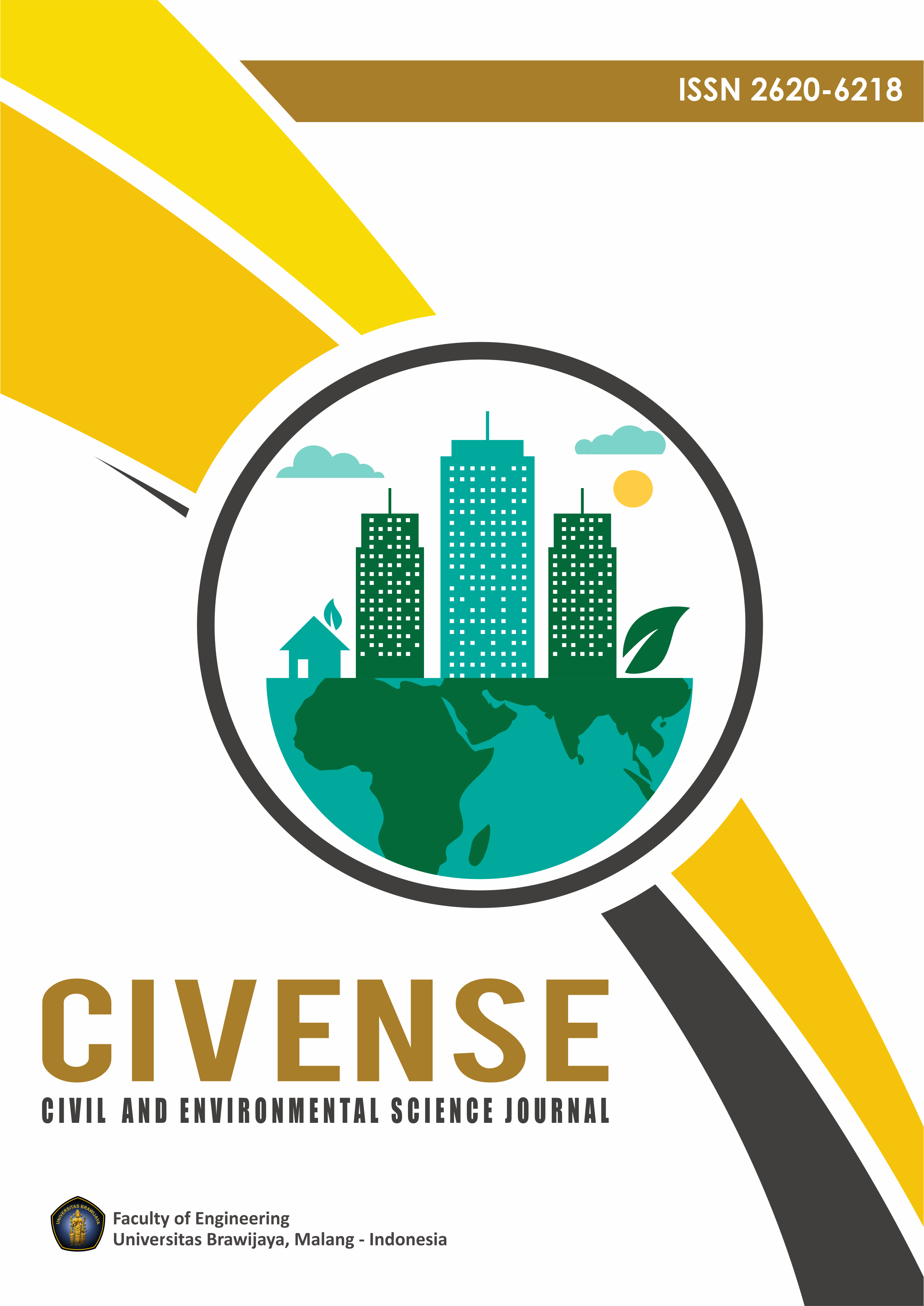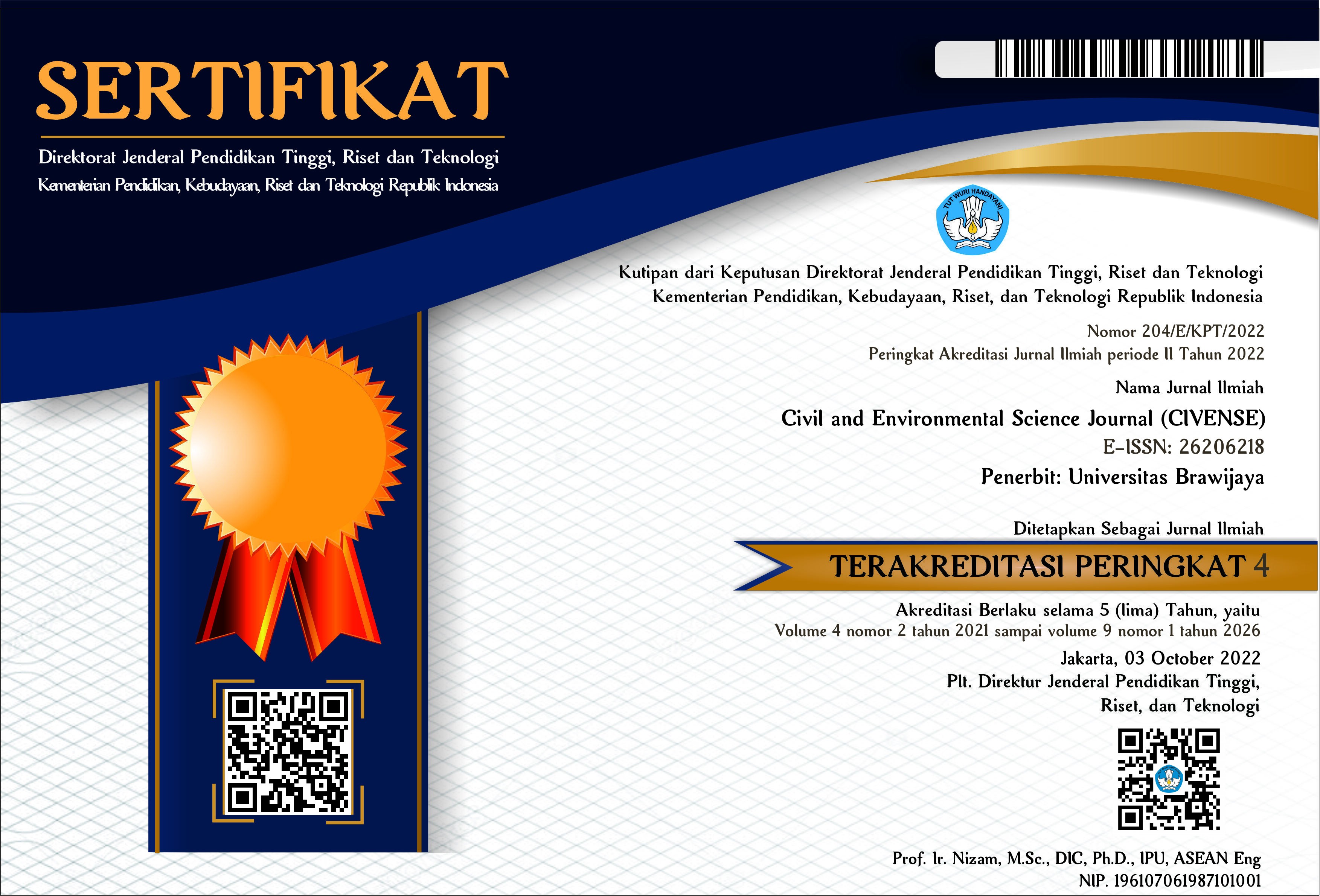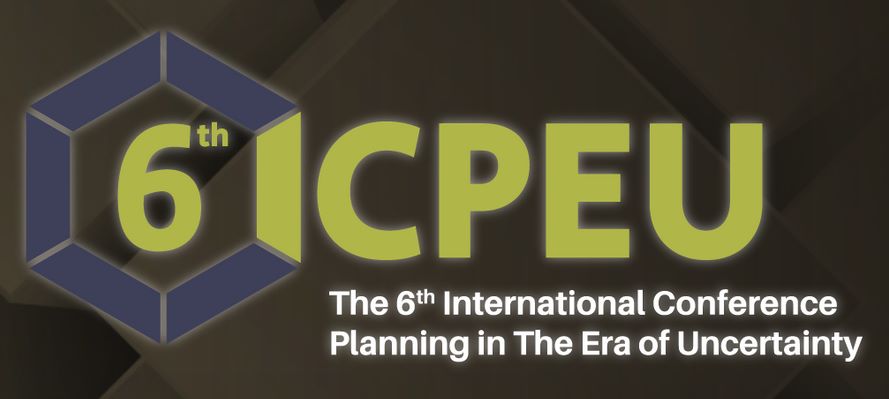Hydrological Analysis of TRMM (Tropical Rainfall Measuring Mission) Data in Lesti Sub Watershed
DOI:
https://doi.org/10.21776/ub.civense.2020.00301.3Keywords:
rainfall, TRMM, rain station post, validation, flow discharge, FJ MockAbstract
Alternative solution for availability of inadequate rain data as input to hydrological data is with the assist of TRMM (Tropical Rainfall Measurement Mission) satellite rainfall data which using remote sensing technology (satellite). The purpose of this study is to look for correlations and data corrections and validate TRMM satellite data with rainfall data at the rain station and discharge observation data. Lesti sub-watershed is used as a case study with consideration of the data availability that is considered sufficient. The validation results of corrected TRMM rain data produce Nash-Sutcliffe Efficiency (NSE), Root Mean Squared Error (RMSE), Correlation Coefficient (R), and Relative Error/Kesalahan Relatif (KR). Then, conducted an analysis of the flow discharge estimation using TRMM rainfall data and validated with Tawangrejeni AWLR (Automatic Water Level Record) data. The results of flow discharge validation using the FJ Mock Method produce an NSE value of 0,507, RMSE 19,383, Correlation Coefficient (R) 0,713, and Relative Error of 0,001. Overall analysis shows TRMM data can be used as an alternative of the rain data that is used to estimate flow discharge, but the result of flow discharge analysis is still better using rainfall data from the rain station postReferences
Cheng Chen. 2011. Adaptability Evaluation of TRMM Satellite Rainfall and Its Application in the Dongjiang River Basin. Elsevier Procedia Environmental Sciences 10 ( 2011 ) 396 – 402.
Destiana WP, Joko S, Adam P. 2017. Evaluasi Data Hujan Satelit Untuk Prediksi Data Hujan Pengamatan Menggunakan Cross Correlation. Seminar Nasional Sains dan Teknologi
Levina. 2016. Comparison of TRMM satellite rainfall and APHRODITE for drought analysis in the Pemali-Comal River Basin. Elsevier Procedia Environmental Sciences 33 ( 2016 ) 187 – 195.
Maulidani, S. Ihsan, N., Sulistiawaty. 2015. Analisis Pola dan Intensitas Curah Hujan Berdasarkan Data Observasi dan Satelit Tropical Rainfall Measuring Mission (TRMM) 3B42 V7 di Makasar. Jurnal Sains dan Pendidikan Fisika, Vol. 11, No.1
Motovilov, Y.G., Gottschalk, L., Engeland, K. dan Rodhe, A. 1999. Validation of a Distributed Hydrological Model Against Spatial Observations. Elsevier Agricultural and Forest Meteorology. 98 : 257-277.
Na Yang. 2017. Evaluation of the TRMM multisatellite precipitation analysis and its applicability in supporting reservoir operation and water resources management in Hanjiang basin, China. Elsevier Journal of Hydrology 549 (2017) 313–325.
Sugiyono. 2017. Matematika : Aproksimasi Kesalahan. Modul. Tidak diterbitkan. Yogyakarta: Universitas Gadjah Mada
Syaifullah, D. 2013. Kondisi Curah Hujan Pada Kejadian Banjir Jakarta dan Analisis Kondisi Udara atas Wilayah Jakarta Bulan Januari-Februari 2013. Jurnal Sains dan Teknologi Modifikasi Cuaca (JSTMC), 14(1), 19-26
Syaifullah, D. 2014. Validasi Data TRMM terhadap Data Curah Hujan Aktual di Tiga DAS di Indonesia. Jurnal Meteorologi dan Geofisika 15 (2) :109-118.
Downloads
Published
How to Cite
Issue
Section
License
Copyright (c) 2020 Civil and Environmental Science Journal

This work is licensed under a Creative Commons Attribution-NonCommercial 4.0 International License.
Authors who publish with this journal agree to the following terms:
Authors retain copyright and grant the journal right of first publication with the work simultaneously licensed under a Attribution-NonCommercial 4.0 International License that allows others to share the work with an acknowledgement of the work's authorship and initial publication in this journal.
Authors are able to enter into separate, additional contractual arrangements for the non-exclusive distribution of the journal's published version of the work (e.g., post it to an institutional repository or publish it in a book), with an acknowledgement of its initial publication in this journal.
Authors are permitted and encouraged to post their work online (e.g., in institutional repositories or on their website) prior to and during the submission process, as it can lead to productive exchanges, as well as earlier and greater citation of published work (See the Effect of Open Access).














